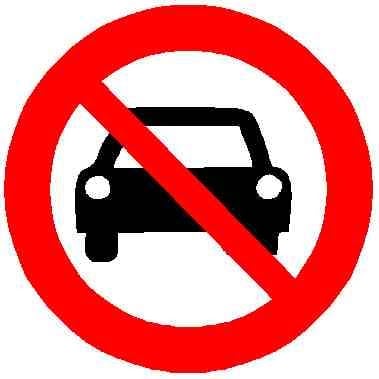

It’s totally normal. I can find a bunch of news stories about children and teachers killed by cars that hit schools by searching online. There are some about kids hit and killed by school buses, hit and killed by cars when getting on or off school buses, hit and killed by cars while walking to or from school, and ton about groups of students dying in car crashes together. We’ll collectively forget about Chatham, IL by Friday.
On a hunch, I found more than one company selling crash-rated bollards specifically to protect schools and daycare centers, so, at least there’s that.
ETA: I saw the AP News story was featured on one of my local news sites, so I visited and found that a doctor is dead and her daughter and husband in the hospital after getting hit by a car while they were walking yesterday, another crash injured a driver and created a chemical spill (which was a different incident than the tanker truck on the other side of town that was leaking fuel after hitting something on the street), as well as a driver arrested after crashing into a horse pasture.









I wouldn’t say that those bills are anti-car, or anti- at all, since they authorize and promote new things instead of banning anything. I’d say that they’re “pro-people”.